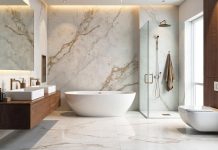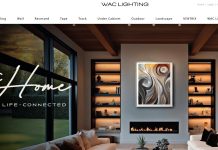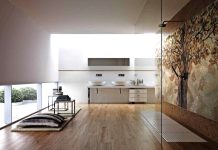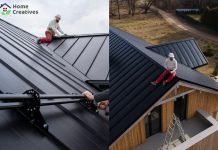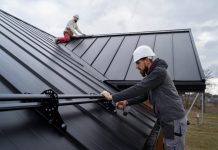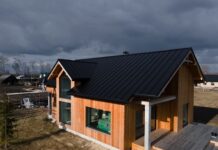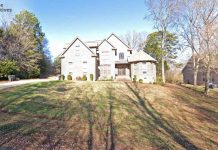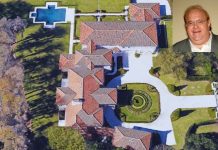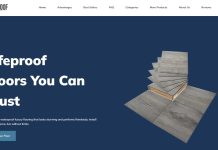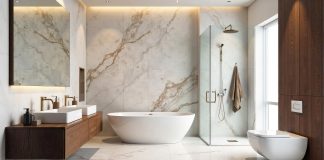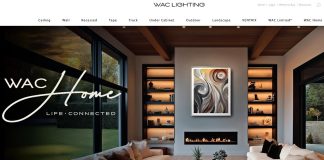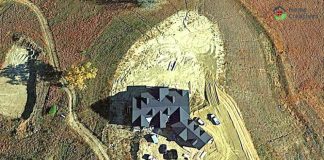Home design is a careful balance between beauty and practicality. While aesthetics often take center stage, the longevity of materials determines how well a structure holds up against the ever-changing seasons. Durable finishes are not merely about resisting weather; they also maintain their charm year after year, reducing maintenance costs and ensuring a home continues to look inviting.
The right finishes can withstand harsh sunlight, heavy rainfall, snow, and even fluctuating humidity, all while complementing architectural style. Choosing finishes that blend resilience with elegance requires a strategic approach, considering material composition, texture, and color stability. Understanding which finishes perform best under varying climatic conditions ensures a home remains visually appealing and structurally sound for decades.
Enhancing Exterior Appeal with Weather-Resistant Siding
Siding plays a vital role in both protecting a home from the elements and enhancing its overall appearance from the outside. It serves as a shield against environmental stressors while shaping the overall aesthetic character of a property. Modern siding materials are designed to resist warping, cracking, and fading, even when exposed to extreme weather patterns.
Vinyl siding, for instance, has evolved beyond its early reputation; it now features advanced UV-resistant coatings that maintain vibrant colors through scorching summers. Fiber cement siding stands out for its exceptional resistance to moisture and pests, making it an ideal choice for areas with high humidity or frequent rain.
When selecting siding, texture and color selection also play critical roles. Subtle wood-grain patterns can add warmth and dimension without compromising weather resistance. Additionally, choosing lighter shades helps reflect sunlight, reducing heat absorption and extending the siding’s lifespan.
Homeowners should always consult with professionals to learn more about what type of siding complements their home’s architectural style while ensuring lasting durability through changing seasons.
Choosing Long-Lasting Roofing Materials
Roofing is a home’s first line of defense against seasonal elements, making the choice of material crucial for long-term protection. Many homeowners choose asphalt shingles because they offer a budget-friendly option that stands up well to changing weather conditions. A However, for homeowners prioritizing maximum durability, metal roofing offers exceptional performance. Metal resists cracking, shrinking, and corrosion when properly coated, and it reflects heat effectively, reducing cooling costs in summer. Clay and concrete tiles, though heavier, provide superior longevity, lasting decades with minimal maintenance when installed correctly.
Color retention and coating technology are important considerations. Coatings designed to reflect sunlight can reduce UV damage, and modern sealants provide an extra barrier against water seeping in. Choosing the right roofing finish means considering not just the climate but also how the material will age aesthetically.
Weatherproofing Through Superior Paint Finishes
Paint does much more than add color, serving as a vital shield that protects your home from dampness, sunlight, and changing weather. High-quality exterior paints now include advanced polymers that expand and contract with temperature changes, preventing cracking or peeling. Matte finishes tend to absorb more heat, while satin or semi-gloss finishes provide better water resistance, making them ideal for regions prone to heavy rain.
When selecting paint, look for formulas labeled as “fade-resistant” or “all-weather.” These contain UV blockers that help maintain color vibrancy across seasons. Proper surface preparation, including sealing and priming, enhances paint adhesion and ensures maximum durability.
Decking That Endures Year-Round Exposure
Outdoor decks face constant exposure to the elements, requiring materials that can withstand moisture, heat, and fluctuating temperatures. Composite decking has become a preferred choice due to its blend of recycled wood fibers and plastic, offering superior resistance to rotting, splintering, and fading. Unlike traditional wood, composites do not require frequent staining or sealing, making them ideal for low-maintenance outdoor living spaces.
For those who prefer natural wood, species like teak and ipe stand out for their dense grain and natural oil content, which resist moisture and insect damage. Finishing natural wood with high-quality sealants and UV-protective oils further enhances its ability to withstand seasonal changes. Proper installation techniques, including adequate ventilation beneath the decking, are equally important to prevent warping or mold growth.
Windows and Doors Built for Seasonal Stability
Windows and doors are critical to maintaining energy efficiency and protecting interiors from weather-related damage. The best finishes combine durability with aesthetic refinement. Fiberglass and aluminum-clad frames resist warping, rust, and swelling, ensuring smooth operation through temperature fluctuations. Vinyl window frames, reinforced with impact-resistant glass, provide excellent insulation and withstand both freezing winters and hot summers.
For wooden doors, finishing with high-performance varnishes or stains helps preserve their natural beauty while preventing moisture penetration. Composite doors, which mimic wood grain while resisting weather-induced expansion and contraction, offer a durable alternative. Proper sealing around frames is equally essential to prevent water infiltration and maintain consistent indoor temperatures throughout the year.
Flooring Finishes That Withstand Seasonal Wear
Interior flooring experiences significant wear from temperature and humidity changes. Hardwood floors, while classic, require protective finishes to maintain stability and prevent expansion or contraction. Engineered wood flooring, designed with multiple layers of plywood beneath a hardwood veneer, offers better resistance to seasonal shifts.
For homes exposed to high moisture levels, luxury vinyl planks and ceramic tiles provide exceptional durability. These finishes resist water absorption, stains, and warping, making them suitable for kitchens, bathrooms, and entryways. Choosing finishes with scratch-resistant coatings ensures longevity and keeps flooring looking new even under heavy foot traffic.
Balancing Aesthetics and Seasonal Performance
The key to choosing finishes that endure lies in balancing visual appeal with functional resilience. Materials that mimic natural textures—such as wood-look tiles, stone-finish siding, or matte metal roofing—offer timeless elegance without compromising durability. Layered protective coatings, UV stabilizers, and moisture-resistant sealants are essential features to consider when evaluating finishes for any part of the home.
Proper maintenance complements the initial choice of durable finishes. Regular inspections, timely cleaning, and periodic resealing can significantly extend the life of materials, preserving both structural integrity and design aesthetics. Investing in high-quality finishes initially may involve higher upfront costs, but it saves money in the long run by reducing the need for frequent repairs or replacements.
Durability and design excellence are not mutually exclusive; they enhance one another when chosen thoughtfully. Every material, from siding to flooring, contributes to a home’s ability to endure the elements while maintaining its beauty. Selecting finishes engineered for weather resistance ensures that the structure continues to look inviting season after season. By prioritizing longevity alongside visual appeal, a home remains both a practical and aesthetically pleasing sanctuary for years to come.


